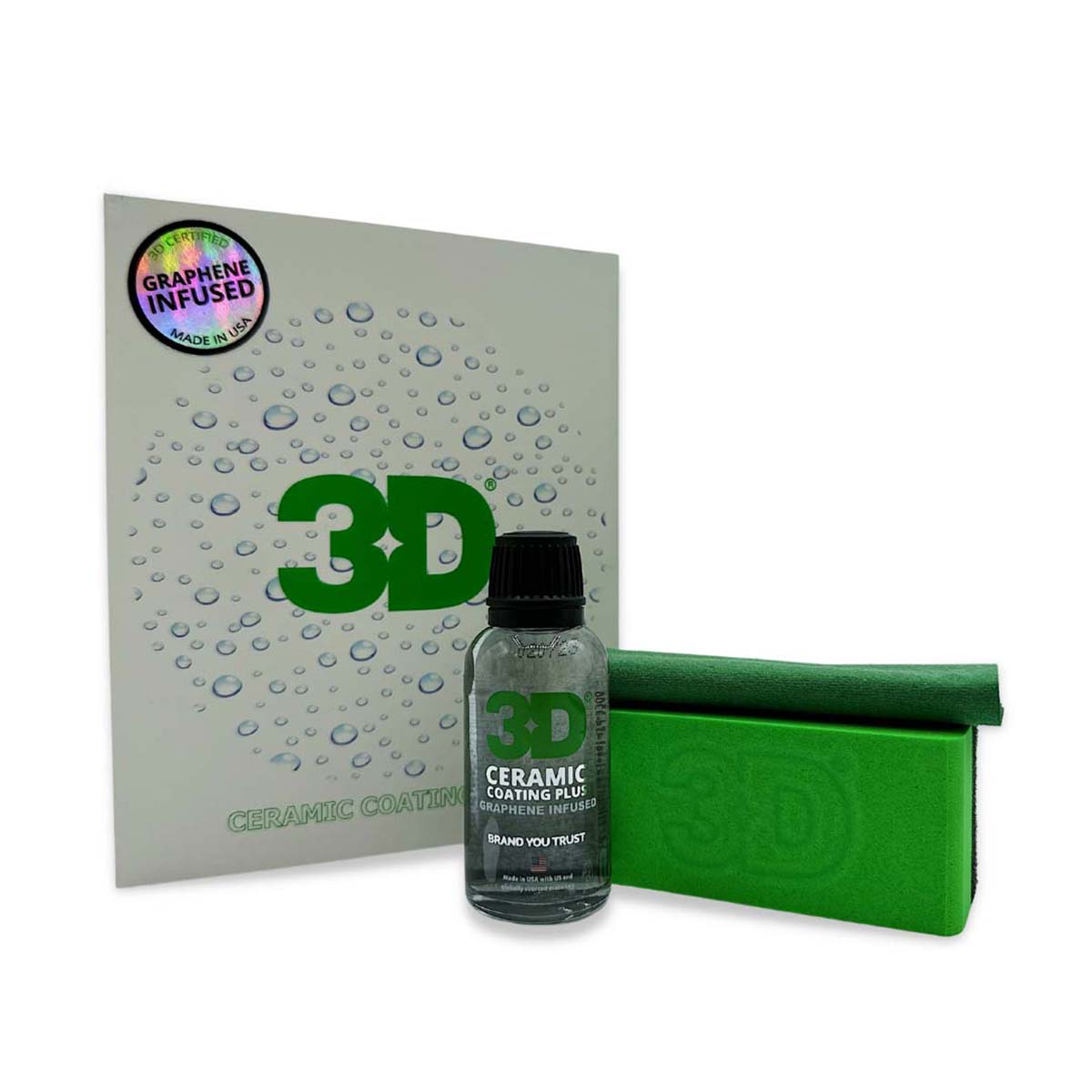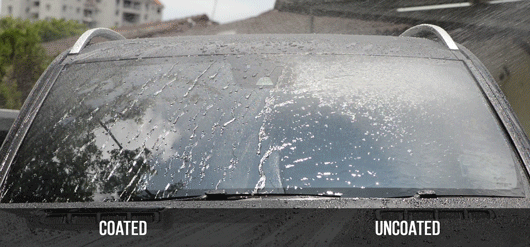Why Ceramic Finish Is the Ultimate Remedy for a Perfect End Up
Ceramic layer has arised as a leading remedy for those looking for a perfect coating for their vehicles, many thanks to its remarkable resilience and safety attributes. This advanced fluid polymer not only bonds seamlessly with factory paint but likewise provides a formidable barrier against common hazards such as scratches, UV rays, and toxic wastes. Moreover, its hydrophobic residential properties streamline maintenance while improving visual allure. Nevertheless, comprehending how this innovation contrasts to traditional methods and exploring its application nuances can expose a lot more about its value. What aspects really established ceramic layer apart?
What Is Ceramic Finishing?

When used properly, ceramic finish creates a hydrophobic surface area that wards off water and dust, making it much easier to clean up and preserve. Unlike standard waxes or sealers, which normally provide short-lived protection, ceramic finishings can last for a number of years, depending upon the product quality and application technique. The procedure of using ceramic covering needs careful preparation, consisting of thorough cleaning and often repaint correction, to make sure optimum bonding and effectiveness.
Ceramic coatings are not restricted to vehicle surface areas; they can also be used on different products, including glass, steel, and plastics, supplying a flexible option for enhancing security. On the whole, ceramic layer represents a significant development in surface defense innovation, incorporating both aesthetic and functional benefits for a wide variety of applications.
Benefits of Ceramic Covering
While lots of surface defense alternatives exist, the benefits of ceramic finishing stand out as a result of its one-of-a-kind residential or commercial properties and resilient performance. One of the main benefits is its phenomenal toughness. Ceramic Coating Philadelphia. Unlike traditional wax or sealers that require frequent reapplication, ceramic coverings give a resistant layer that can last for a number of years, considerably reducing maintenance initiatives
An additional noteworthy advantage is enhanced defense against environmental contaminants. Ceramic finishings create a hydrophobic surface that drives away water, dust, and different toxins, making it simpler to clean up. This feature not just preserves the car's look yet also minimizes the risk of corrosion and oxidation, especially in severe weather condition conditions.
Moreover, ceramic layers provide superior resistance to UV rays, protecting against fading and destruction of paint in time. This UV protection is critical for maintaining the aesthetic worth of surface areas and lorries subjected to guide sunshine.
In addition, the glossy surface achieved with ceramic covering enhances the overall visual appeal, giving surface areas a showroom-quality shine. Overall, ceramic finishings stand for a substantial advancement in surface area defense innovation, giving long-lasting advantages that provide to both practical and visual demands.
Exactly How It Functions
Recognizing the science behind ceramic coverings exposes exactly how they provide such impressive defense and long life. At its core, a ceramic coating is a fluid polymer that chemically bonds with the lorry's manufacturing facility paint. This bonding creates a protective layer that is both hydrophobic and oleophobic, repelling water, dirt, and oil. The main part of most ceramic layers is silicon dioxide (SiO2), which is originated from quartz. This substance contributes to the layer's solidity and resistance to scratches, UV rays, and environmental impurities.
The application procedure involves numerous steps, consisting of surface preparation, which is essential to accomplishing optimum attachment. Once used, the finishing undertakes a treating process, throughout which it hardens and creates a semi-permanent bond with the paint surface. This bond is what identifies ceramic coatings from conventional waxes and sealants, giving a longer-lasting protective obstacle that can endure for years.
Moreover, the density of the finish can enhance its protective high qualities, guaranteeing that it can endure extreme problems. Inevitably, the science of ceramic layers incorporates sophisticated materials with innovative application techniques to provide an unparalleled level of protection and visual improvement for automobiles.
Contrast With Standard Techniques
When contrasted to typical paint security techniques such as click sealers and waxes,The benefits of ceramic finishings become particularly obvious. While waxes use a short-lived shine, generally lasting a few weeks to a number of months, ceramic layers give a long-lasting safety layer that can withstand for several years. This longevity substantially reduces the regularity of reapplication, making ceramic coverings a much more economical solution in time.
In addition, conventional techniques commonly require comprehensive preparation and numerous applications to achieve an adequate degree of protection. On the other hand, ceramic finishings bond at a molecular degree with the automobile's surface area, developing a robust guard against ecological impurities like UV rays, acid rain, and road salts. This bond boosts the vehicle's resistance to scrapes and swirl marks, which prevail with typical waxes and sealers.
Additionally, the hydrophobic properties of ceramic finishes fend off water and dirt, bring about much easier cleansing and maintenance. In contrast, wax and sealant-treated surfaces can attract crud, demanding more frequent washing - Ceramic Coating Philadelphia. Generally, ceramic coverings not just provide exceptional defense yet additionally provide a more long-lasting and visually attractive surface, developing them as the recommended option for critical automobile proprietors
Application and Maintenance Tips

Utilizing a foam applicator, use the layer in small sections, adhering to the maker's standards pertaining to density and overlap. Enable sufficient curing time between coats, commonly 1 day, to make sure correct bonding. After application, it is crucial to prevent direct exposure to water or harsh elements for a minimum of a week to permit the layer to totally cure.
Furthermore, utilizing a ceramic maintenance spray can enhance the finishing's hydrophobic homes and durability. Normal evaluations for any type of signs of wear will certainly help preserve the coating's honesty and preserve that immaculate finish.
Final Thought
Finally, ceramic finish becomes a remarkable choice for accomplishing a flawless automobile finish. Its remarkable sturdiness, safety top qualities, and hydrophobic properties significantly boost the car's look while streamlining maintenance initiatives. By forming a robust bond with factory paint, ceramic layer successfully guards versus scratches, UV rays, and ecological impurities. With a lifespan prolonging numerous years, this advanced remedy not just protects however likewise elevates the overall visual charm of lorries, making it an economical investment for automobile lovers.

Comments on “How Ceramic Coating Philadelphia Guards Against UV Rays and Environmental Damages”